
Optical Microscopy

For the examination of microscopic structures, polarizing microscopes are available. With these the crystal morphology, surface textures and the dispersion of filler particles or local defects can be analyzed. With special instrument add-ons these properties can also be analyzed time dependent or under static or dynamic shear stress in polymer melts or liquids.
Tabbed contents
Optical microscopy
Typical applications of optical microscopy for the polymer characterization is polarizing microscopy for the examination of crystalline phases, crystallization processes or phase separation.
Instrument specification:
Manufacturer: Olympus
Type/Model: BX51
Camera: UC30 (2080x1544 Pixel, up to 35 frames per second)
Rheo-Microscope
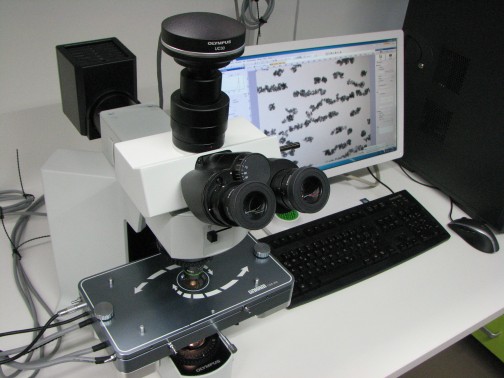
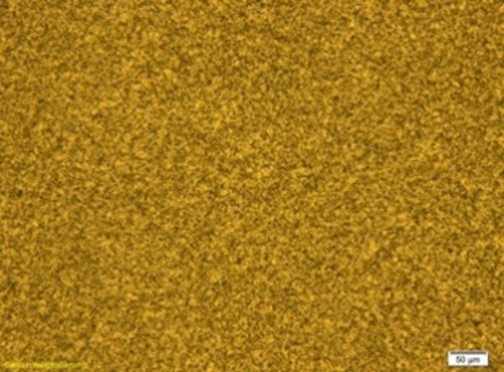
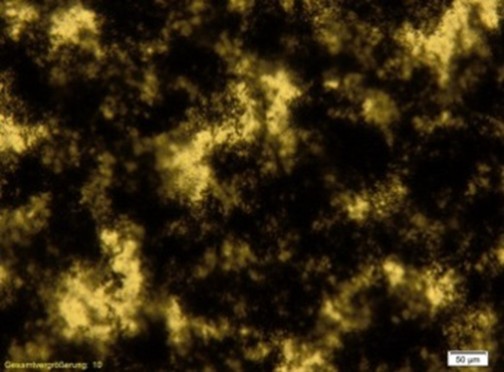
The coupling of optical microscopy with a temperature adjustable shear unit (upper picture) allows the optical characterization of shear rate dependent processes in viscous samples. These samples include viscous pastes, polymer melts or modified resins, filled with nano particles such as carbon black, carbon nanotubes (CNT) or other filling materials. This instrumentation allows analyzing temperature dependent phase separation or the formation of filler structures under high and low shear rates (middle and lower picture, respectively) in epoxy resins.
Instrument specification:
Temperature: -30°C to 450°C
Operation mode: Dynamic and static shearing
Shear rate: 0.001 rad/s to 10 rad/s
Frequency: 0.01 Hz to 9.9 Hz
Application example
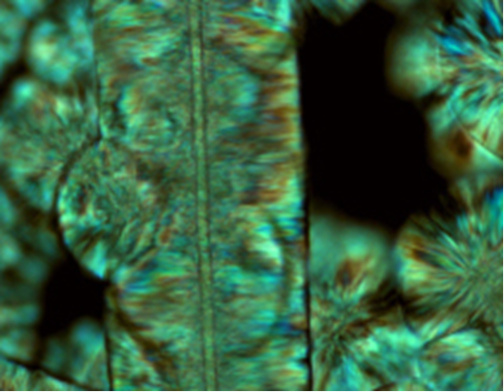
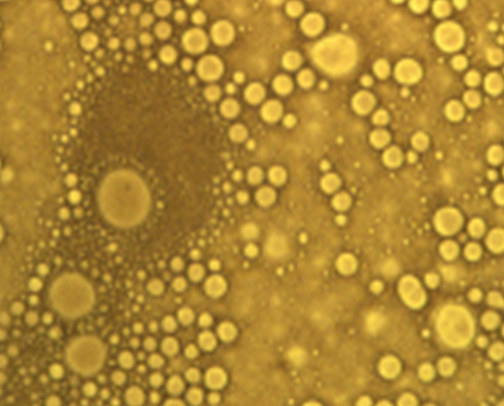
The morphology of semi-crystalline polymers can be captured with the help of polarized light microscopy. Structures (e.g. spherulites, semi-crystalline areas) sizing from 1 µm up to a few millimeters can be examined. The birefringence of polarized light through the polymer crystals is utilized. The respective optical properties are characteristic for individual polymers and are used for phase analysis and differentiation of various crystal modifications (upper picture: transcrystalline and spherulitic crystallization of polypropylene).
In amorphous polymers the phase contrast is used to image phase separations (lower picture: phase separation of thermoplastic polymer in epoxy resin).
 Fraunhofer Institute for Structural Durability and System Reliability LBF
Fraunhofer Institute for Structural Durability and System Reliability LBF